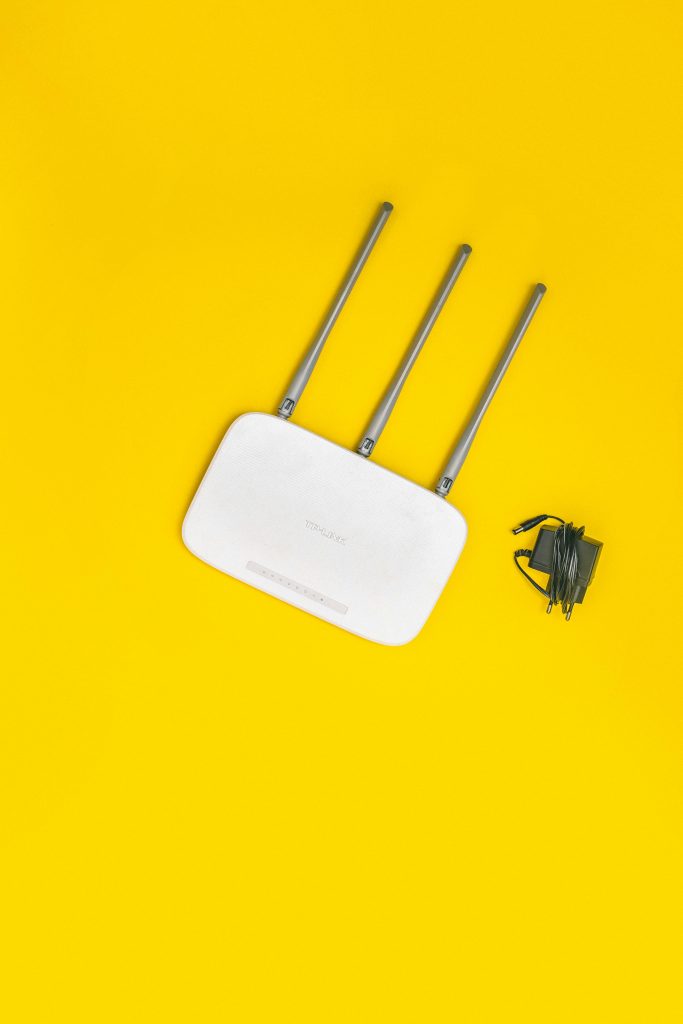Handling Charger Mishaps: Assessing Potential Damage to Your Laptop
Accidentally connecting a laptop to an incompatible charger can be a nerve-wracking experience, especially when the voltage differs from what your device requires. In a recent situation, a user mistakenly plugged a 19.5V 3A charger into their laptop, which was designed for 19V 7A, for just a few seconds. Although the laptop appeared to function normally at first, they noticed significant performance issues shortly afterward. Simple tasks like switching tabs or reloading pages in Chrome began to cause the system to freeze for around ten seconds.
This incident raises an important question: Could using a charger with the wrong voltage cause permanent damage to your laptop’s hardware?
Understanding Voltage Compatibility
Before diving into potential hardware damage, it’s important to understand why using the incorrect charger can be harmful. Laptop chargers are designed to deliver precise voltage and current levels tailored to the specific needs of the device. A mismatch in voltage can lead to malfunctions or even damage components such as the motherboard and CPU, especially if the voltage is higher than required.
Signs of Potential Damage
If you find yourself in a similar situation, there are a few telltale signs that may indicate your laptop has sustained damage:
- Performance Issues: As experienced by the user, prolonged freezes or slow response times can signal underlying hardware problems.
- Increased Heat: Unusual heat generation from the laptop is a red flag and could suggest potential damage to internal components.
- Battery Problems: If your laptop’s battery begins to drain rapidly or fails to charge, this could be a consequence of using the wrong charger.
Testing for Damage
While you may not be able to physically inspect your laptop’s internals, there are several tests and scans you can conduct to assess its condition:
-
Run System Diagnostics: Most laptops come with built-in diagnostic tools. These can help identify hardware issues related to RAM, CPU, and other components.
-
Monitor Performance Metrics: Use resource monitoring tools like Task Manager on Windows or Activity Monitor on macOS to keep an eye on CPU and memory usage. Look for any abnormalities during standard operations.
-
Stress Test the CPU and RAM: Running stress tests using software like Prime95 or MemTest86 can help you determine if your laptop can handle its usual tasks without error.
-
Check for Error Messages: Look into the Event Viewer on Windows for any critical errors that may indicate
Share this content:




Hi there,
Thank you for reaching out with your concerns. Connecting a charger with a slightly higher voltage (19.5V vs. 19V) for a brief period generally poses minimal risk of hardware damage, especially if it was only for a few seconds. However, the fact that you’re experiencing performance issues such as system freezes and delayed responses could indicate that the misconnection may have affected internal components or power regulation circuits.
Here are some steps you can take to assess and potentially resolve the issue:
If the problem persists, consider consulting a professional repair technician.